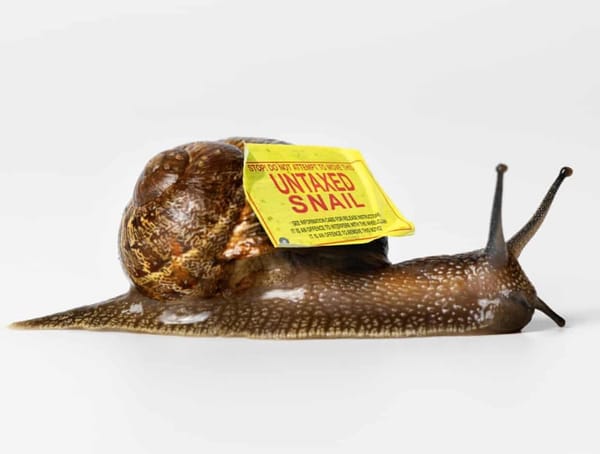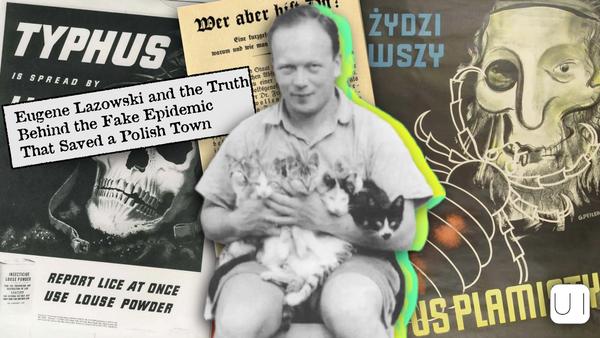The most dominant athlete is a horseshoe pitcher from Ohio
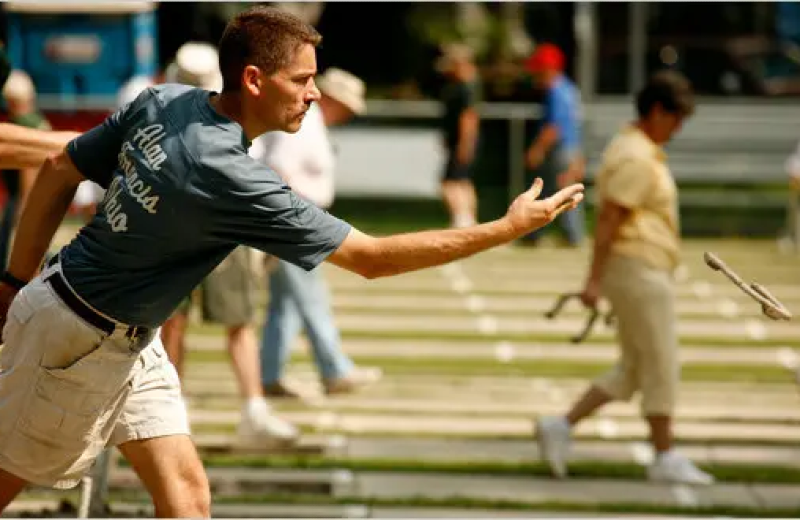
From Wikipedia: "Alan Francis is a horseshoe pitcher from Defiance, Ohio who has won the World Horseshoe Championship 28 times — in 1989, 1993, 1995–1999, 2001, 2003–2010, 2012–2019 and 2021–2024. He holds the record for most championships with 2nd place belonging to Ted Allen, who has won 10. He is also the only player to consistently pitch over 90%, and is regarded by many as the greatest horseshoe pitcher ever. The New York Times wrote that he may be "the most dominant athlete in any sport in the country". He began competing when he was 9, and won a record 4 Junior Boys World Championships, the first of which he won at the age of 12. He competed in his first world championship in 1978, held in Des Moines. He has by far the highest ringer percentage in history at 90 percent, and the most consecutive wins in history."
This solar furnace in the French alps creates temperatures of 3,500 degrees Celsius

From RIBA Journal: "The Odeillo Solar Furnace in France – the largest in the world – was built by engineer Felix Trombe and opened in 1970. It is 48 metres (157 ft) high and 54 metres (177 ft) wide, and includes 63 heliostats. The sun’s energy is reflected via a series of 9,600 mirrors and concentrated onto a point about the size of a cooking pot to create temperatures reaching 3,500°C. The furnace is used by space agencies including NASA as well as scientists and technology companies to ascertain the effects of extremely high temperatures on materials intended for use in nuclear reactors or space vehicle re-entry. It is situated in Font-Romeu-Odeillo-Via, in the region of Occitania, in the Pyrenees mountains south of France. The site was chosen because of the length and the quality of sunshine with direct light (more than 2,500 h/year) and the purity of its atmosphere (high altitude and low average humidity)."
You can't buy uncooked cashews because they contain the same chemical as poison ivy
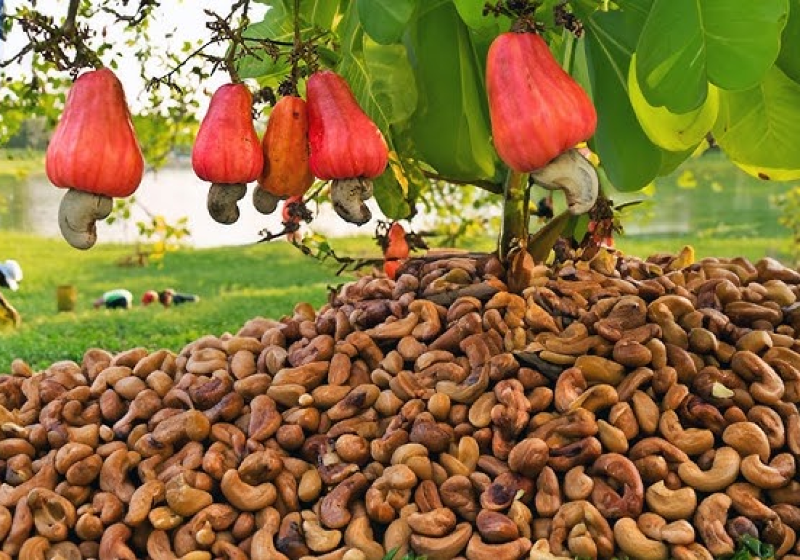
From Scientific American: "The anacardiaceae family of trees, sometimes called the cashew family, includes mango, poison ivy, poison oak, sumac, Peruvian pepper, pistachio, and you guessed it, cashews. They all contain urushiol, the sneaky oil that causes the skin to erupt in rashes for some people and is the bane of my existence, but to varying degrees. The oil is found in all parts of the plant, including the leaves, stems, and even the roots. Urushiol is the reason cashews are never sold in the shell and are typically roasted. The oil is found on the outer shell and roasting the cashews at high temperatures can kill any remaining oil that makes its way through to the nut. The Center for Disease Control published a report in 1982 about a batch of >7500 bags of shell-contaminated cashews being sold in Pennsylvania and Maryland, mostly as part of a Little League fundraiser. Around 20 percent of the unlucky cashew-eaters developed a rash."
Hi everyone! Mathew Ingram here. I am able to continue writing this newsletter in part because of your financial help and support, which you can do either through my Patreon or by upgrading your subscription to a monthly contribution. I enjoy gathering all of these links and sharing them with you, but it does take time, and your support makes it possible for me to do that. I also write a weekly newsletter of technology analysis called The Torment Nexus.
Marie Curie's notebook is highly radioactive and will be for another 1,500 years
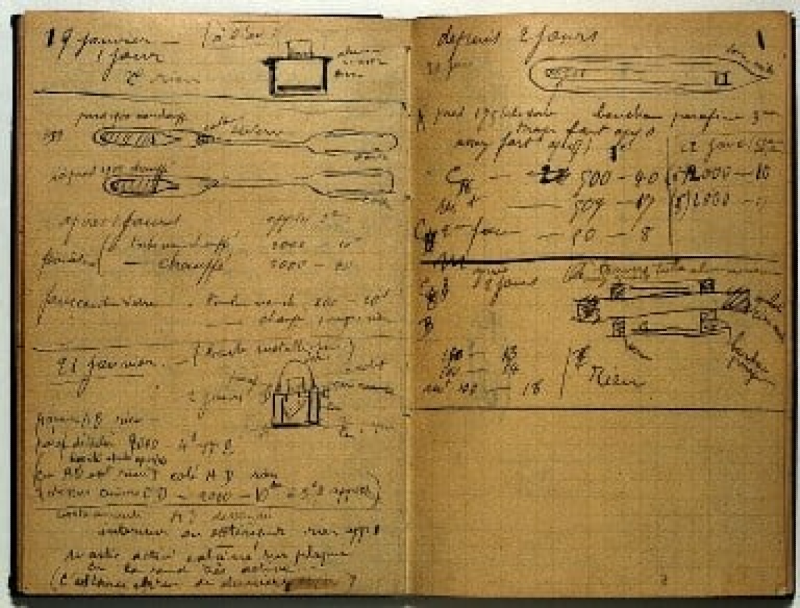
From Nobelprize.org: "Curie and her husband had discovered that radium destroyed diseased cells faster than healthy cells, and thus that radiation could be used to treat tumours. During World War I, Curie promoted the use of X-rays; she developed radiological cars, which later became known as “petites Curies,” to allow battlefield surgeons to X-ray wounded soldiers and operate more accurately. The Curies did not fully appreciate the danger of the radioactive materials they handled. Pierre Curie gave himself a lesion when he purposely exposed his arm to radium. Both Curies were constantly ill from radiation sickness, and Marie Curie’s death from aplastic anemia in 1934, at age 66, was likely caused by exposure. A few of her books and papers are still so radioactive that they are stored in lead boxes: her notebook from 1899–1902, containing notes from experiments on radioactive substances, is still radioactive and will be for 1,500 years."
Scientists found a 200-year-old bottle of urine but no one knows what it was for

From the BBC: "A 200-year-old bottle of urine was discovered by workers who were digging trenches at a property in Sea View Street last year. The bottle was analysed by University of Lincoln student Zara Yeates who used a scanner usually used at crime scenes. Ms Yeates said the builders initially thought it was a bottle of rum and were planning to drink it. "Thankfully the project manager was on site and recognised the significance of the object," she said. Ms Yeates told the BBC she had used a combination of techniques to decipher the bottle's age and contents. She said the shape of the bottle was introduced in 1790 and its unevenness suggested it was hand-blown, adding that as moulds to make bottles were only introduced in 1840 it must have been made before that date. A multi-spectral imager, which throws different wavelengths of light on the object, revealed the contents were bodily fluids, the main one being urine."
Yes this is what bald eagles actually sound like
A Conversation Between Two Eagles..
— Nature is Amazing ☘️ (@AMAZlNGNATURE) February 20, 2025
This is how they actually sound. Yes, you’ve been lied to pic.twitter.com/6bUEifOxxQ
Acknowledgements: I find a lot of these links myself, but I also get some from other newsletters that I rely on as "serendipity engines," such as The Morning News from Rosecrans Baldwin and Andrew Womack, Jodi Ettenberg's Curious About Everything, Dan Lewis's Now I Know, Robert Cottrell and Caroline Crampton's The Browser, Clive Thompson's Linkfest, Noah Brier and Colin Nagy's Why Is This Interesting, Maria Popova's The Marginalian, Sheehan Quirke AKA The Cultural Tutor, the Smithsonian magazine, and JSTOR Daily. If you come across something interesting that you think should be included here, please feel free to email me at mathew @ mathewingram dot com


